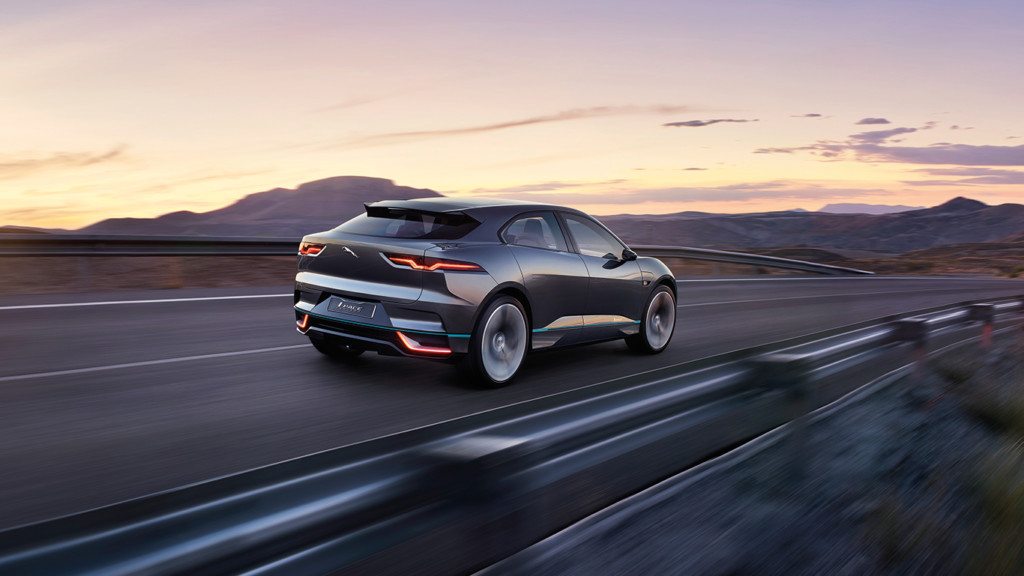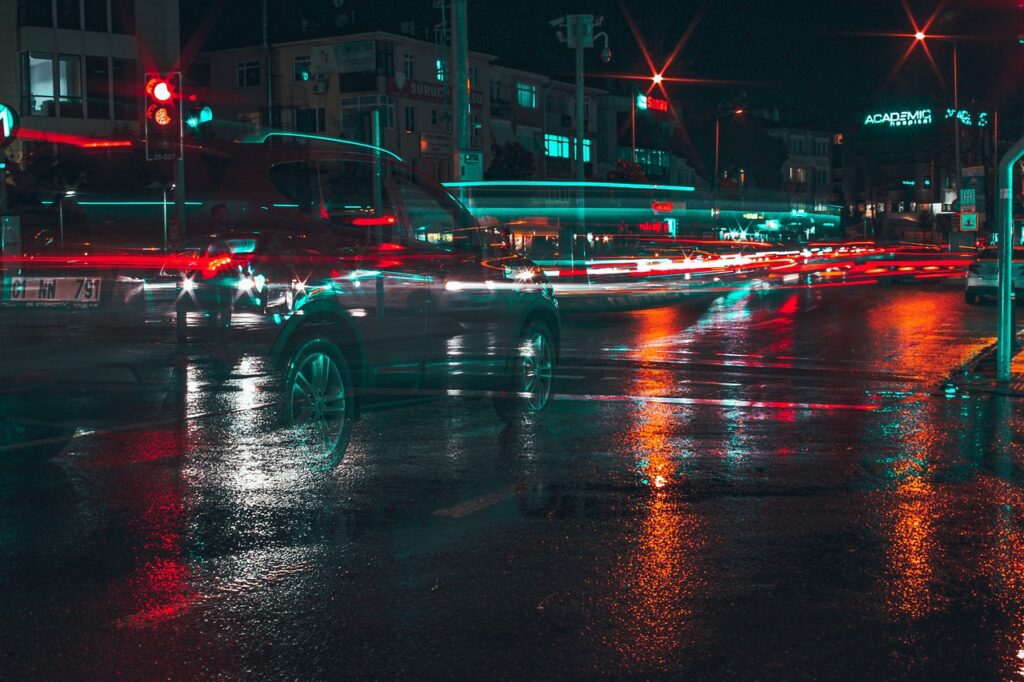The big problem with electric cars is the batteries. Electric motors are both more reliable and cheaper (in volume) than gas engines, performance (as we’ve seen with the new Tesla S) potentially far higher, and electricity per mile is generally far cheaper than gas. You even get more flexibility in design because you can use multiple electric motors and you generally don’t need to cool them, pipe the exhaust away from them or worry about flammable liquid powering them. And, finally, they are potentially far cleaner depending on how the electricity is generated. But the primary weakness of an electric vehicle is the battery, which is expensive and dirty to manufacture, wears out, must charge slowly, and often does need to be cooled or heated to function. If you could just get rid of the battery.
Formula E And Resonance
I was at Formula E over the weekend and it showcases in spades both the advantages and disadvantages of electric cars. The Formula E cars are very much like Formula 1 except they appear to have a ton more torque, only stink up the place with tire smells (no exhaust), are relatively quiet (you mostly hear the air sound resulting from the fast-moving car), and they reminded me a lot of remote control car races I used to attend but with far bigger cars.
The down side was that one of the things the drivers had to manage was battery life and cars seemed to run out of power about as often as they crashed and, when they did, they were pretty much done because, apparently, there was no easy way to get them off the track for a new battery. In addition, on the leader board, they showed not only position but amount of battery power left and, on several occasions, the batteries appeared to overheat causing the cars to suddenly turn into golf carts with a small fraction of the speed and power, or a time out so the battery could cool off.
But also at Formula E, though sadly only for the BMW i8 Pace and Safety cars they had Qualcomm’s Halo system which uses magnetic resonance to charge the cars while they are not in use. Now this would certainly be attractive to those who don’t want to mess with plugs at night or outdoors in the rain but it just focuses on charging. However, another aspect of this system is to put it into roads and it has been tested to 70 MPH. In this use, it could constantly charge the car and make being concerned about running out of electricity largely a thing of the past. Now there are efforts to pull electricity wirelessly over the air which are being demonstrated for phones, but currently this is a long way from cars.
Critical For Autonomous Cars
Much of the focus on Autonomous Cars now is creating a system where they basically become like elevators. At least that is Uber’s apparent dream, and these cars are largely expected to be electric. But they’ll need to be charging anytime they aren’t in use or we’ll quickly have a lot of dead autonomous electric cars littering our streets and—last I checked—the cars don’t have arms to work a plug. So, having something that could charge the cars wirelessly would be critical to getting this dream to work and—given these cars are expected to be on the road 24/7—the only complete answer would be to have charging capability in those roads because just putting them in parking spots would be sub-optimal (they’d waste time looking for open spots and cycling through them).
Ultra-Capacitors
One other effort is to either massively change batteries or get rid of them all together and instead use Ultra-Capacitors. This solid-state technology can absorb electricity far more quickly, it can discharge it far more quickly, it generally doesn’t wear out, and it doesn’t have as big a heat or weight problem. But it sucks at storage and is better for short term, so until that can be fixed folks are working on hybrid technology where the ultra-capacitor is between the battery and the charging / discharging function—providing, potentially, the best of both worlds. Currently these are being developed for power grid management but there are efforts to bring this down into cars.
Wrapping Up
The big problem with electric cars are the batteries. If we can either replace them with something that works or make them redundant, we can turn electric cars into a far more viable gas car alternative and more aggressively move to a world where Uber works more like an elevator. There are a ton of folks working to make this happen, I expect they will be getting a viable solution to critical mass within the 10-year planning horizon. I can hardly wait. (I have a Jaguar iPace on order and there is a chance it will come with a wireless charging option).
- The HP OmniBook X Flip 2-in-1 16-Inch: Your New Digital Swiss Army Knife (Now in Glorious Atmospheric Blue) - June 25, 2025
- The Open AI Avalanche: Why AMD’s Collaborative Spirit Is Outmaneuvering NVIDIA’s Empire - June 22, 2025
- Lenovo Embraces OpenBMC: A Step Towards Greater Transparency and Control in the Data Center - June 17, 2025




Ultracapacitors/supercapacitors: you say that the problem of low energy density needs to be “fixed” .
You fail to refer to any of the companies and research entities that credibly claim to have done just that.
Surrey/Bristol Universities together with SupercapacitorMaterials Ltd(UK) seemed supremely confident in December that they’ve solved the problem.
The other unmentioned problem is that they’re way too disruptive for battery-makers and carmakers not least because they could be recharged over a million times !
So they would likely outlive/outlast most vehicle OWNERS !
No manufacturer of anything wants to be selling something that lasts more or less forever.
Final point: supercap+battery combi-powerpacks are what we urgently need.
Instant-charge supercaps would cover the first 80 miles or so of daily driving – Li-ion or Li-S or Na-ion cells would act like a series hybrid range-extender on those infrequent occasions when drivers cover more than 80 miles in a day.
But we need the media to stay on the case – otherwise energy-dense supercaps will continue to be buried and postponed by the usual suspects(and battery manufacturers).
Paul G (EVUK)